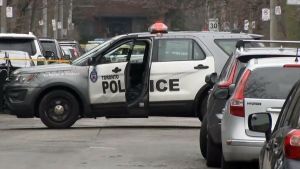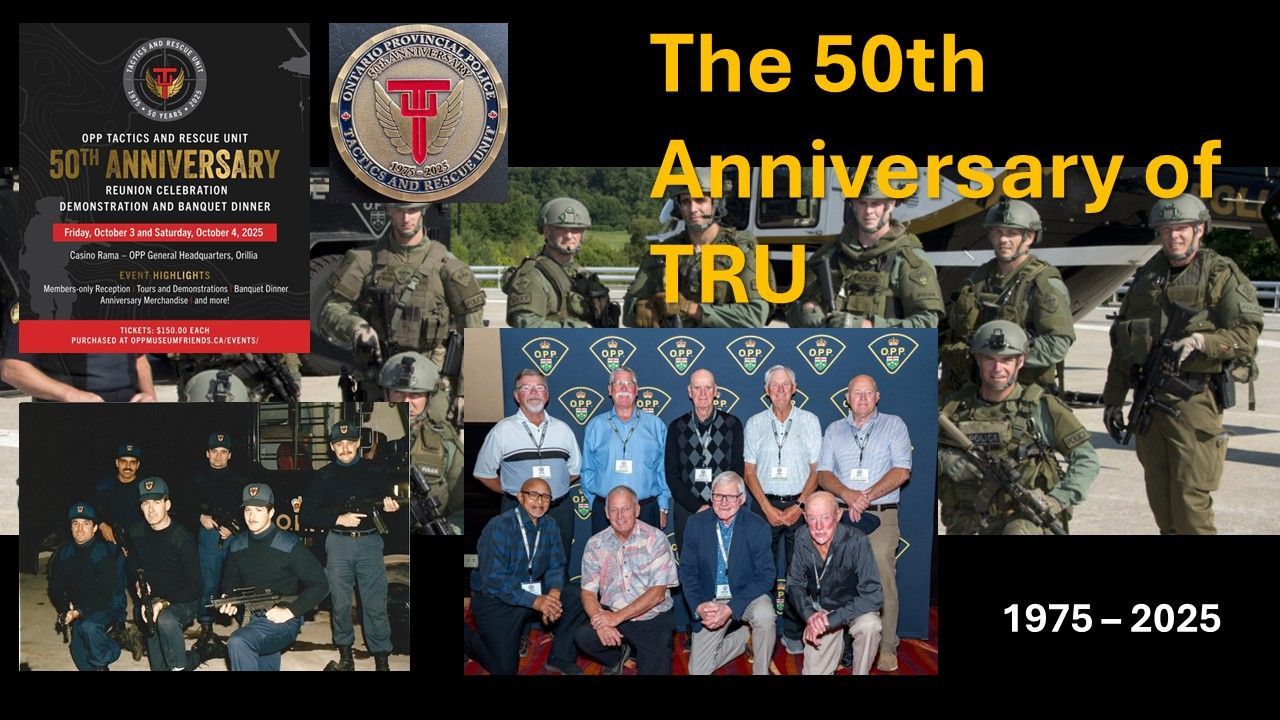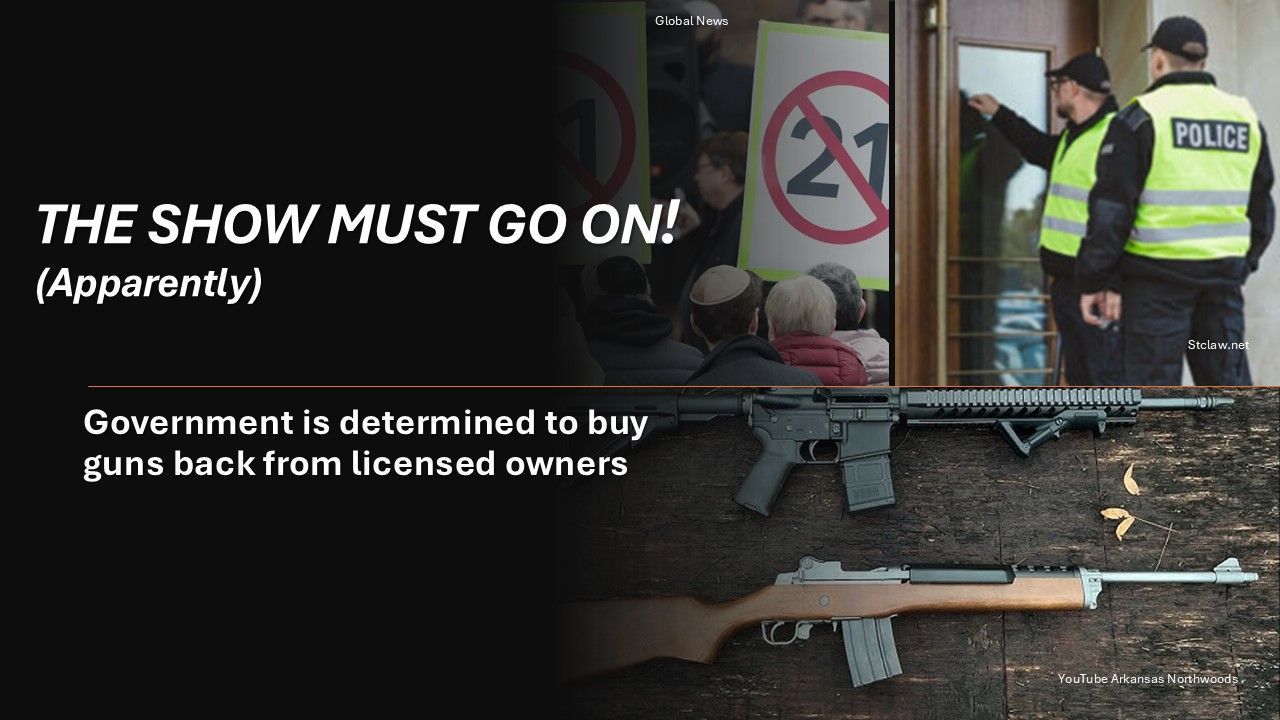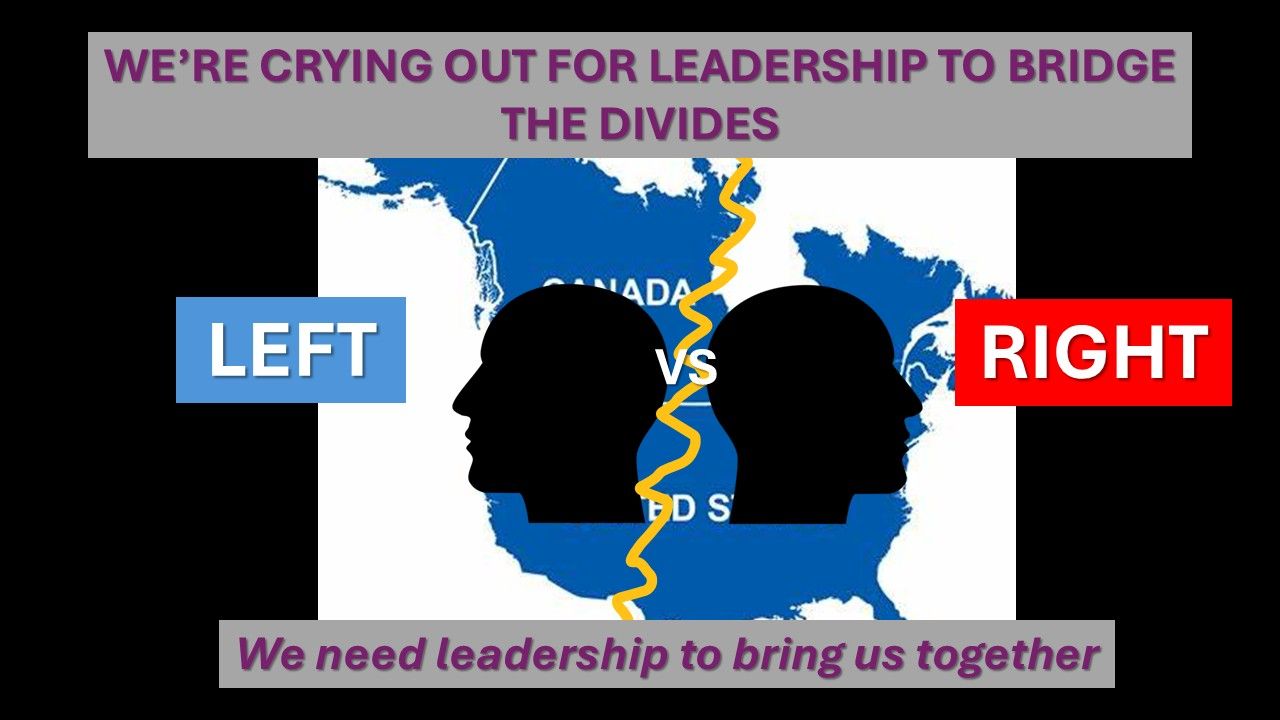New Paragraph

Why do rising policing costs not always equate to less crime?
That was the question posed in a recent paper published in the Canadian Public Policy journal which found that there was no clear link between rising police budgets and lowering crime rates.
I’m not disputing the data or analysis in the study but the various influencing factors and underlying issues are much more complex than the average reader might appreciate.
It is true that over time, police budgets (mostly comprised of salary dollars) increase and always have a substantial impact on government budgets. It is also a reality that some crime categories rise per capita and some decrease over those same periods. Decreases can be due to prevention efforts, key arrests, or a range of other factors. Some of those factors are within the control of police, where others are not. Regardless, the goal is to lower crime numbers year after year.
The ridiculous calls by some to “Defund Police”, have thankfully fallen on deaf ears. The reality is most police departments are barely making ends meet with what they have. Some have less personnel now (i.e. Toronto) than they did prior to the pandemic.
Policing in Canada was once largely provided by ill-equipped uniformed patrol officers, who received rudimentary training that consisted of the law, related procedures and police powers, as well as self-defense techniques. When things ‘got big’, they were supported by some specialists of sort – like detectives and what we then called ‘Identification Officers’ who could photograph, gather and preserve evidence – including blood, hair and fibers and fingerprints. That was pretty much it. No tactical teams, cameras, armoured vehicles, computers, digital radios or DNA. ‘Community Policing’ was often the function of a one-officer or small unit per police service. Crime prevention as an entity, fell to that one person or unit.
But even then, salaries formed much of the police budget.
Then the policing environment changed. Organized crime grew from a handful of groups to hundreds. The world shrunk as the digital world expanded rapidly and crime extended across all borders. Investigative techniques became more complex. Technology evolved as did the ability to victimize the public more broadly, as did the cost to police services to purchase technology and train personnel to use it. Transistor radio networks which once lasted decades moved to digital systems with equipment that became dated every few years.
More police specialists – like tactical teams, proceeds of crime investigators, financial crime experts and CSI units, came out of necessity. More advanced police vehicles, uniforms, cameras and weaponry evolved, and acquisition and maintenance costs grew exponentially. Legislated standards and expensive training all became a must. Court decisions impacted disclosure rules and the processes to obtain various judicial authorities, all of which came with a tremendous cost to police services.
More recently, the threat of terrorism forced police agencies to better gather and analyze intelligence, on a global scale. Surveillance operations and investigations of this magnitude require the deployment of massive resources 24/7, from all levels of policing, to prevent attacks and the massive loss of innocent lives.
Immigration continues to contribute greatly to Canada’s growing population. Concurrently, affordable housing availability continues to diminish amid rising housing costs. This does not make for a good situation from a homelessness perspective.
I’ve often said police work would be a cakewalk if it was not for the impacts from poverty, addiction, mental health issues and the homelessness that often emanates from some of the above factors. Many detractors cry that police have taken over the response to mental health and addiction occurrences as part of some intentional ‘job-growth’ conspiracy, but the fact is that police would rather not have to deal with any of those matters, ever. Unfortunately, that’s not the real world and police have to be ‘all things to all people’ in many instances, or no one would respond. Cuts to many social services that would professionally address a number of these situations, have resulted in police becoming the fallback response.
But even if every community had the best of programs and personnel to handle these matters, police would inevitably have to respond as well in most cases. Bad things sometimes happen to good people despite best intentions, and dedicated and well-intended personnel from these agencies would be in physically dangerous situations at times. Those instances would require a timely police response, so officers would have to be very close at minimum and often in plain sight to deter assaultive behaviour from occurring.
Mental health challenges aren’t only growing among those the police serve. All police services are dealing with those issues internally. Many services report record-setting numbers of personnel suffering from post-traumatic stress injuries alone, in addition to depression and other emotional health issues that impact all of society. Although I’m heartened that members are more often seeking the help they deserve, there is a human and financial cost to that as well. (It’s important to note that the past 18 months saw more murdered police officers in Canada than ever in our history.)
The smuggling of assorted forms of contraband – including narcotics, firearms and people, into Canada – as well as stolen vehicles out of the country, impacts all communities, and the RCMP continues to suffer from a shortfall of resources to address it. Moreover, the vast majority of guns used in violent crime in Canada – particularly when involving street gangs, are smuggled handguns from the U.S. That trend continues to grow and impacts public safety in Canada in municipalities of all sizes as well as rural and indigenous communities, and at a time where our national police are challenged to play a leading enforcement role.
The horrific sexual exploitation of children through the internet is a global issue. It has required a huge increase in dedicated investigators and technology. As has monitoring extremist groups through the internet and physically in our communities.
Protracted, linked and sometimes massive protests occur daily in this country. Often several occur simultaneously. Intelligence gathering, monitoring protest groups online, planning and responding to events has become a significant and resource intensive responsibility for police. At one time, the occasional labour strike was as close to a tense protest as police ever saw. When they did occur, police amassed a large group of officers and dealt with it. Now highly trained and equipped units must be in place to meet the full-time demand.
The pandemic years also took a horrific toll on police resources and budgets. Many tax dollars were spent to purchase personal protective equipment. Although certain calls for service diminished over those years, others like mental health calls and domestic disturbances increased, while police services struggled to meet their staffing needs as their own employees and families dealt with the personal consequences of COVID.
Police oversight is undoubtedly a necessity but continues to grow and also comes with a financial cost to police services.
Through collective bargaining, police salaries continue to rise and are a huge part of any municipal/provincial budget. Officers are well paid given their difficult role in society and from recruiting and retention perspectives. Vehicle and fuel costs as well as other operating expenses are rising also.
And don’t forget, our justice system is a huge contributor to rising police costs. Revolving door bail and parole systems where violent offenders are released quicker than officers can write their reports; numerous appearances where officers have to sit in court on overtime all day only to not get called as witnesses; criminal cases being tossed after days, months or years of investigation because of trial delays; and so on.
So, is rising police spending allowing police to adequately address new business?
Remember, the old business has not gone away. Assaults, murders, break-ins, robberies, thefts, domestic disturbances, traffic issues – including collisions, deaths and injuries ALL still occur with regularity, at the same time police are trying to properly meet the modern challenges mentioned above. You cannot look at rising policing costs and increasing crime rates as a failure. It’s way bigger than that. Most often these larger budgets are barely meeting inflation, while trying to address emerging crime numbers, growing public order events and ever-increasing complexity all around. Something has to give in this process.
It’s also important to note that no two municipalities are the same or face the same challenges. City “A” may have the same population as city “B” but many local factors come into play in terms of their local crime trends. Social, economic, housing, education, government services, industrial, demographic, climate, geography and other nuances can influence criminal activity.
What is the answer?
Police leaders must always do the right things to prevent crime and victimization in a fiscally responsible, open and honest way. When crimes do occur, they must similarly ensure the service is committed to professionally and effectively investigating and bringing suspects before the courts, within the parameters of the law and the Charter of Rights.
They need to be adequately funded to do that, not unjustly crying “there will be blood in the streets”, but at the same time honestly fighting for what their members truly need to protect the public and their members. The vast, vast majority do just that.
Governments must be armed with the facts and provided with the confidence that their police service is as effective and accountable as possible, then publicly defend and fully support their service, not further drag them down for some personal or partisan motive.
Lastly, we all have a role to play in understanding the realities of policing – knowing that they will have many successes and occasional failures, and do all we can to help them achieve ‘our’ mutual community safety goals.




